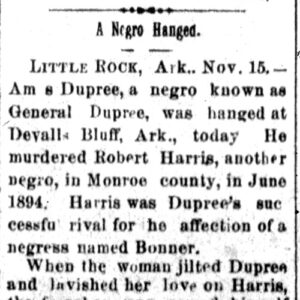 "General" Dupree Execution Article
"General" Dupree Execution Article
Time Period: Post-Reconstruction through the Gilded Age (1875 - 1900)
 "General" Dupree Execution Article
"General" Dupree Execution Article
Dupree, Amos “General” (Execution of)
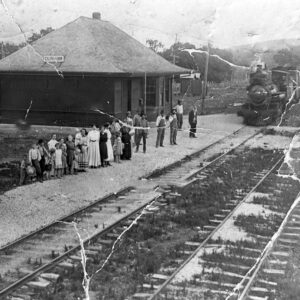 Durham Depot
Durham Depot
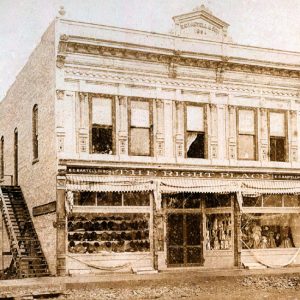 E. C. Bartell & Son Store
E. C. Bartell & Son Store
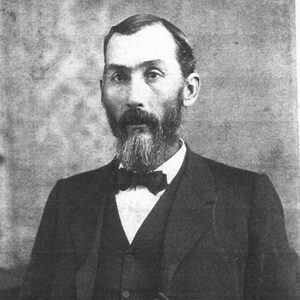 William H. Eagle
William H. Eagle
Eagle-Booe Feud
 James Eagle
James Eagle
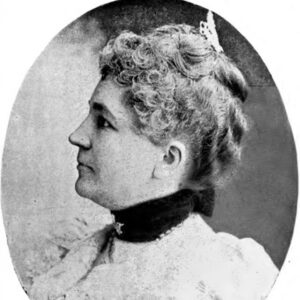 Mary Eagle
Mary Eagle
Eagle, James Philip
 James Eagle Campaign Arch
James Eagle Campaign Arch
 John Eakin
John Eakin
Earle, Fontaine Richard
Ed Knight House
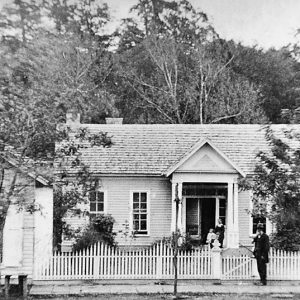 Zeb Edmiston
Zeb Edmiston
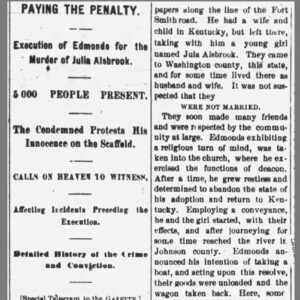 Thomas Edmonds Execution Article
Thomas Edmonds Execution Article
Edmunds, Howard (Execution of)
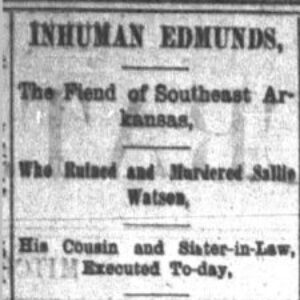 Edmunds, Howard (Execution of)
Edmunds, Howard (Execution of)
Election Law of 1891
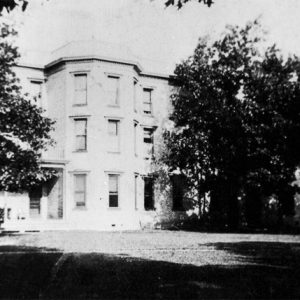 Elizabeth Hall
Elizabeth Hall
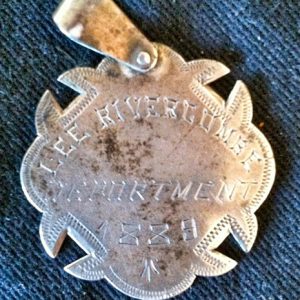 Elkins School Medal
Elkins School Medal
Elligin and Anderson (Lynching of)
 Elligin and Anderson Lynching Article
Elligin and Anderson Lynching Article
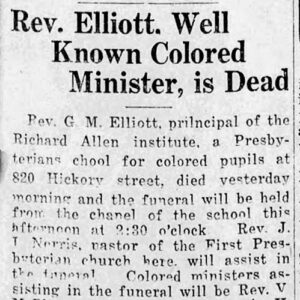 Principal G. M. Elliott Death
Principal G. M. Elliott Death
Elmwood Poor Farm Cemetery
Emmet Lynching of 1891
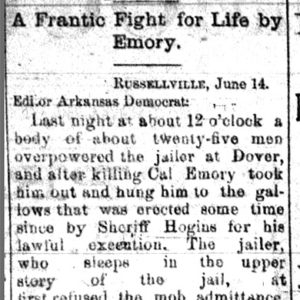 Cal Emory Lynching Article
Cal Emory Lynching Article
Emory, Cal (Lynching of)
England, Albert (Lynching of)
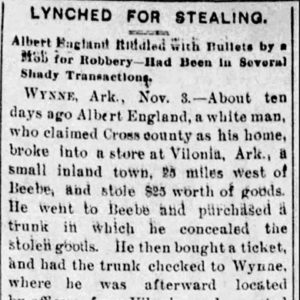 England Lynching Editorial
England Lynching Editorial
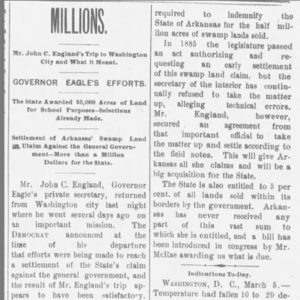 John England Article
John England Article
England, John Calhoun
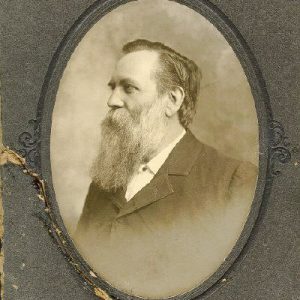 Robert Boyd Engles
Robert Boyd Engles
 Eubanks Murder Article
Eubanks Murder Article
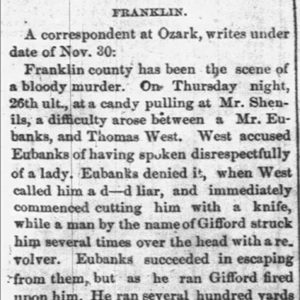 Eubanks Murder Article
Eubanks Murder Article
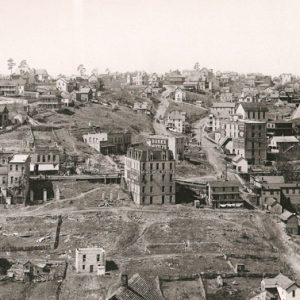 Eureka Springs; 1895
Eureka Springs; 1895
Eureka Springs Baby
aka: Eureka Baby
aka: Petrified Indian Baby
Factor, Pompey
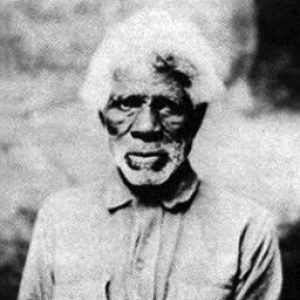 Pompey Factor
Pompey Factor
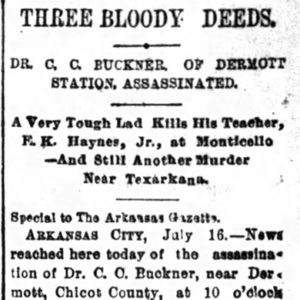 John Farmer Lynching Article
John Farmer Lynching Article
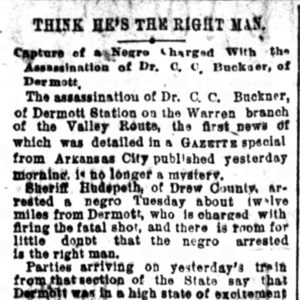 John Farmer Lynching Article
John Farmer Lynching Article
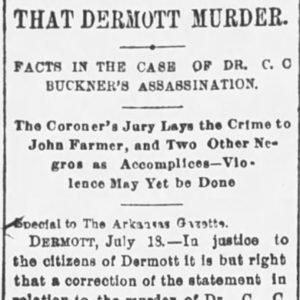 John Farmer Lynching Article
John Farmer Lynching Article
 John Farmer Lynching Article
John Farmer Lynching Article
Farmer, John (Lynching of)
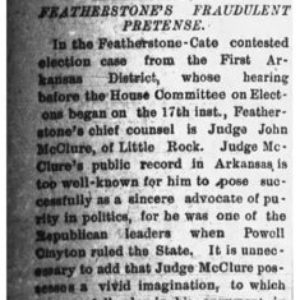 Featherstone Article
Featherstone Article
Featherstone v. Cate
 Featherstone v. Cate
Featherstone v. Cate
Featherstone, Lewis Porter
 George William Featherstonhaugh
George William Featherstonhaugh
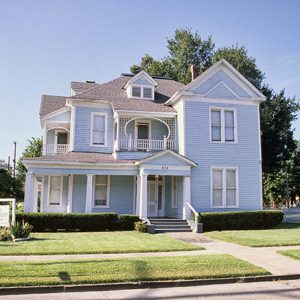 Ferguson House
Ferguson House




